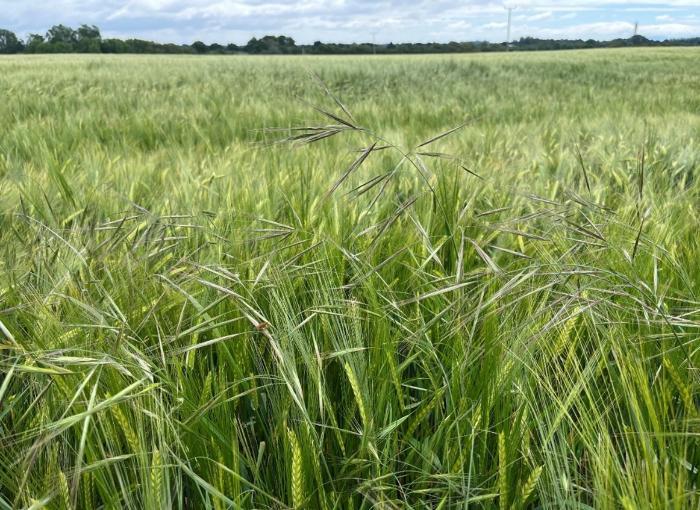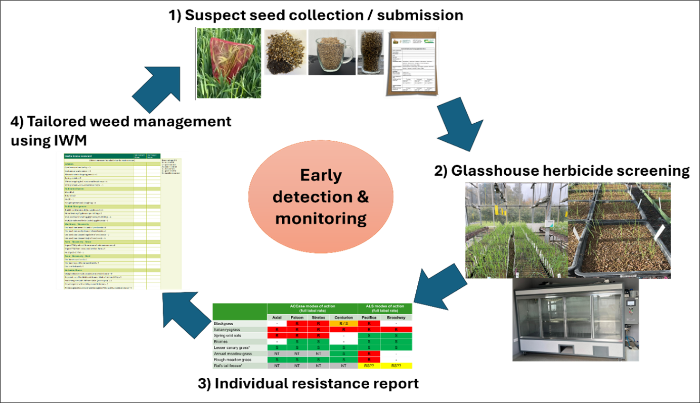09 June 2025
Weed Watch 2025 – Herbicide resistance testing

Vijaya Bhaskar highlights the growing importance of herbicide resistance testing.
Teagasc has launched a ‘Weed Watch-2025’ campaign with the Irish Farmers Journal to encourage growers and tillage sector to utilize the weed seed resistance testing service to test suspect populations, of Italian ryegrass, Blackgrass, Wild oats, Bromes, Meadow grass, Poppy, Chickweed, Speedwell, Red shank and Corn marigold.
This invaluable service from Oak Park is now free for a limited time, as a part of the DAFM-funded EVOLVE grass-weed research project.
Follow the instructions provided in the Herbicide Resistance Testing Application Form to collect seed samples for testing. For accurate results, ensure that seeds are fully ripe, collected in sufficient quantity, and thoroughly dry before storing them in a paper bag. Send the paper bag, along with the completed form to: Vijaya Bhaskar, Teagasc Crops Research Centre, Oak Park, Carlow.

The resistance testing and reporting process for suspected grass weeds submitted for analysis is shown in Figure 1.

Figure 1: Viable seeds from all weeds and populations will be grown in a glasshouse and sprayed with ACCase, ALS, hormone and glyphosate herbicides at the recommended label rates (2-4 leaf growth stage for grass weeds and 4-6 leaves for broadleaf weeds). The results are then provided to the individual grower or agronomist who submitted the samples, enabling tailored weed management through integrated weed management (IWM) and the use of effective herbicides. The entire screening process typically takes 8 to 10 weeks, depending on the quality of the samples.
